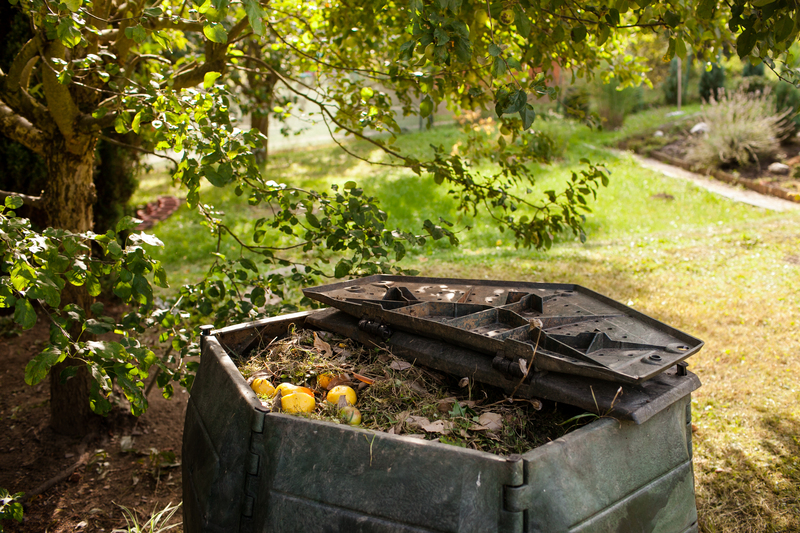Wood waste, a byproduct of the logging and woodworking industries, has long been considered a disposal challenge. Traditionally relegated to landfills, burned, or otherwise discarded, the emergence of eco-friendly applications marks a new era for this abundant material. Understanding wood waste's potential can significantly contribute towards sustainable practices and a circular economy.
Understanding Wood Waste
Wood waste encompasses a diverse range of byproducts, including sawdust, timber offcuts, shavings, and even byproducts from manufacturing processes such as paper production. As the concern for environmental impact continues to rise, so does the pressure to harness renewable resources. Hence, finding innovative ways to recycle wood waste is not only necessary but a potential gold mine for eco-innovators.

The Sources of Wood Waste
- Forestry Operations: Logging activities produce wood byproducts in the form of branches, smaller logs, and tree tops.
- Wood Processing Plants: These facilities generate sawdust, chips, and shavings during cutting and shaping.
- Construction Sites: Building projects often result in offcuts and unused timber.
- Manufacturing Industries: Furniture, paper, and pallet production create varied waste.
The Environmental Impact of Wood Waste
The traditional disposal methods for wood waste, such as burning or landfilling, contribute to environmental issues. Burning releases carbon dioxide, negating the natural capturing of carbon that wood achieves throughout its lifetime. Additionally, occupying space in landfills is not only unsustainable, but decomposing wood also emits methane, a potent greenhouse gas. This calls for the reassessment of wood waste not as waste, but as a valuable resource.
Transforming Wood Waste into Valuable Products
The innovative transformation of timber byproducts opens up numerous eco-friendly applications, pushing boundaries and setting examples for other industries. Let's explore some ground-breaking applications:
1. Bioenergy Production
Wood waste can be utilized to produce bioenergy, offering a sustainable alternative to fossil fuels. Through processes such as pyrolysis and gasification, wood chips and sawdust are transformed into biochar, bio-oil, and syngas. These products can be used as renewable energy sources for electricity and heat generation.
2. Composite Materials
An innovation in material science, wood waste is being blended with other substances to produce composite materials. These composites can be used for decking, flooring, and even in car manufacturing, providing a diminishing reliance on petroleum-based plastics.
3. Soil Enhancements
Sawdust and wood shavings, when treated properly, can be incorporated into soil to improve its quality. These enhancements promote water retention, root growth, and organic matter increase thereby nurturing ecosystems and bolstering agricultural productivity.
4. Eco-Bricks and Construction Panels
Recycling wood waste into construction materials helps reduce the carbon footprint of buildings. Companies are developing eco-bricks and panels by compacting wood chips mixed with eco-friendly binders, offering a sustainable and durable building material alternative.
5. Packaging Solutions
Wood waste serves as an eco-friendly alternative for packaging materials. Unlike plastic, biodegradable packaging made from pressed wood fibers can decompose without harming the environment. This not only addresses waste management issues but also offers a sustainable product lifecycle.
Global Trends and Future Prospects
Countries worldwide are acknowledging the importance of utilizing wood waste as part of their strategy to combat climate change. The European Union, for instance, advocates the "cascade" use of wood, prioritizing higher-value applications like materials before energy recovery. In the United States and Canada, there is growing emphasis on bioenergy and bioproducts derived from forestry residues.
As technology advances, the potential applications of wood waste will likely expand, focusing on efficiency and bringing new materials to market. Innovations in biorefinery technologies are expected to further the conversion of wood wastes into chemicals, textiles, and other applications once perceived as improbable.

Challenges and Considerations
Despite these promising prospects, challenges remain. Economic viability, supply chain limitations, and logistical challenges in collecting and processing wood waste can hinder broader adoption. Comprehensive policy support, investment in technology, and conscious consumer behavior will be crucial to building momentum.
Conclusion: A Sustainable Path Forward
The innovation surrounding wood waste marks a pivotal shift towards sustainability and eco-consciousness. By reimagining our use and perception of wood byproducts, industries can take substantial strides towards reducing waste, conserving resources, and protecting our environment. In this new era, every piece of wood waste becomes not a burden but a building block towards a more sustainable future.
As we move forward, it's crucial for stakeholders from businesses to policymakers to commit towards embracing and advancing these transformative applications. The road to sustainability is long but leveraging the potential of wood waste symbolizes a substantial step in the right direction.